Patterns
Kits
sundries
knitting tools, buttons and notions, project bags and other pleasing little things
knitting tools, buttons and notions, project bags and other pleasing little things
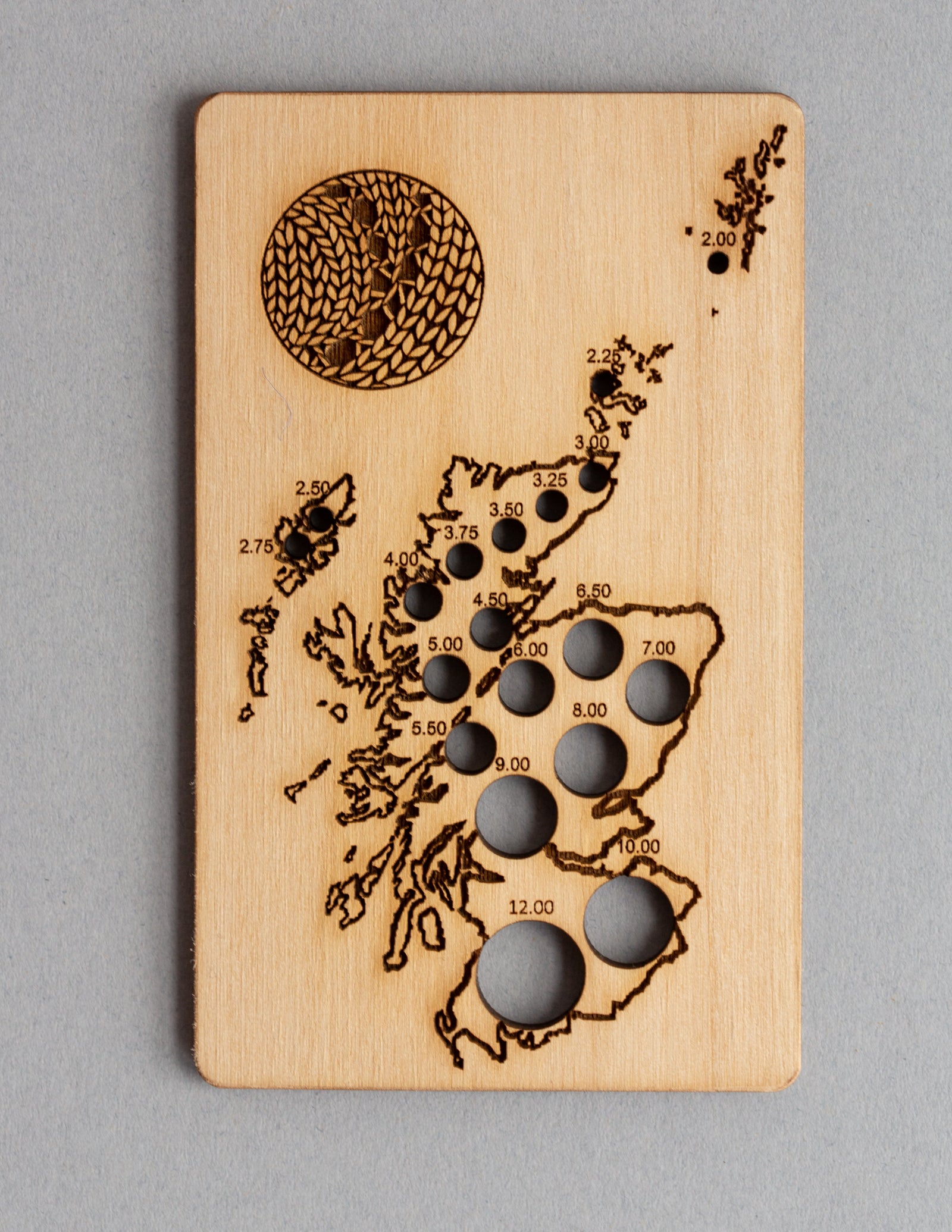
Exclusive Scotland needle gauge by Katrinkles
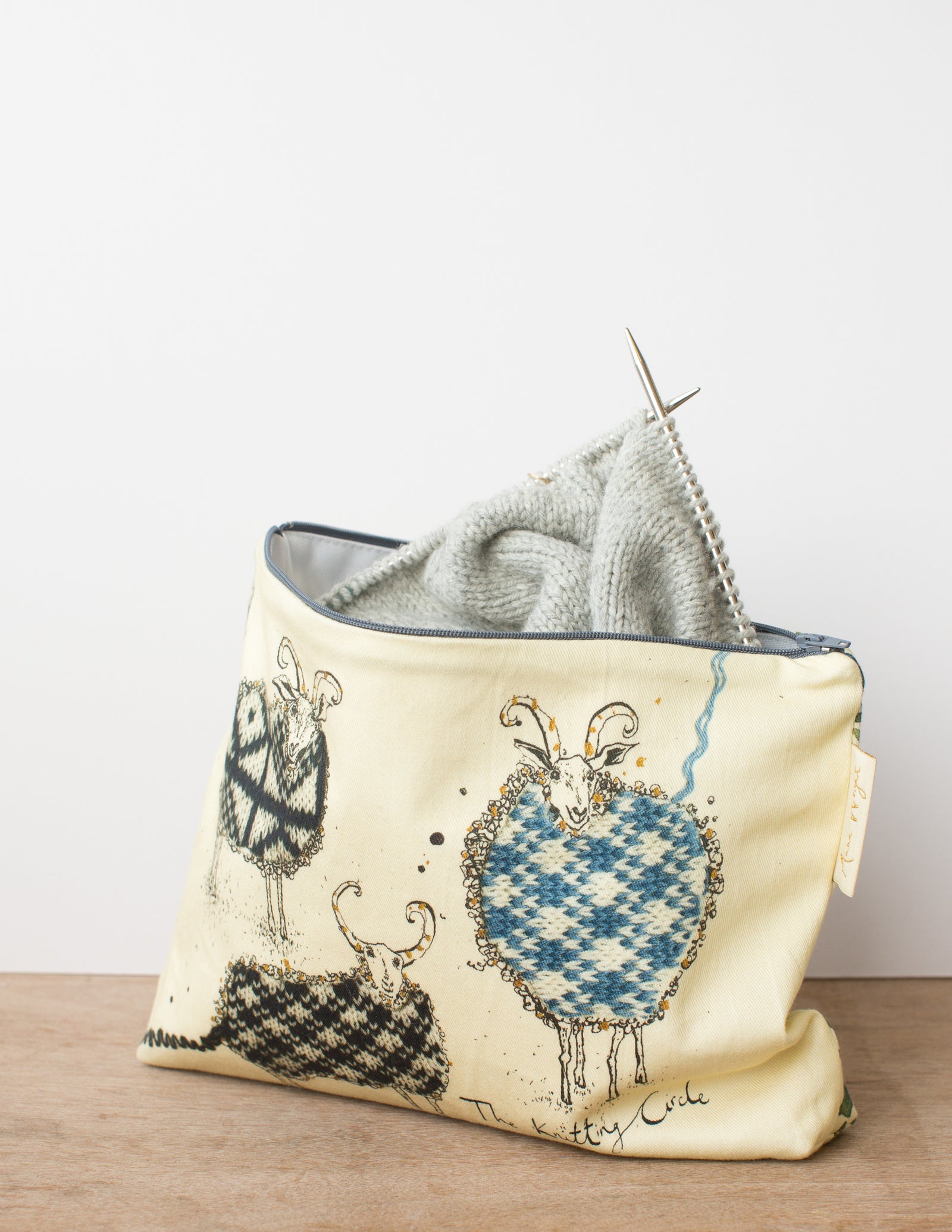
Zippered pouches in two sizes by our studio neighbour Anna Wright
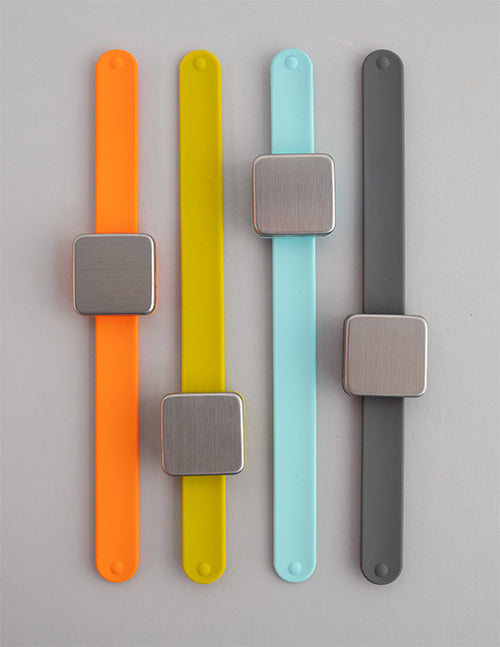
keep small tools accessible with the Maker's Keep
gift 2019
Subscribe to our Colourwork Club for a gift that lasts well into the new year. Your recipient will receive a new colourwork kit in Janurary, February and March
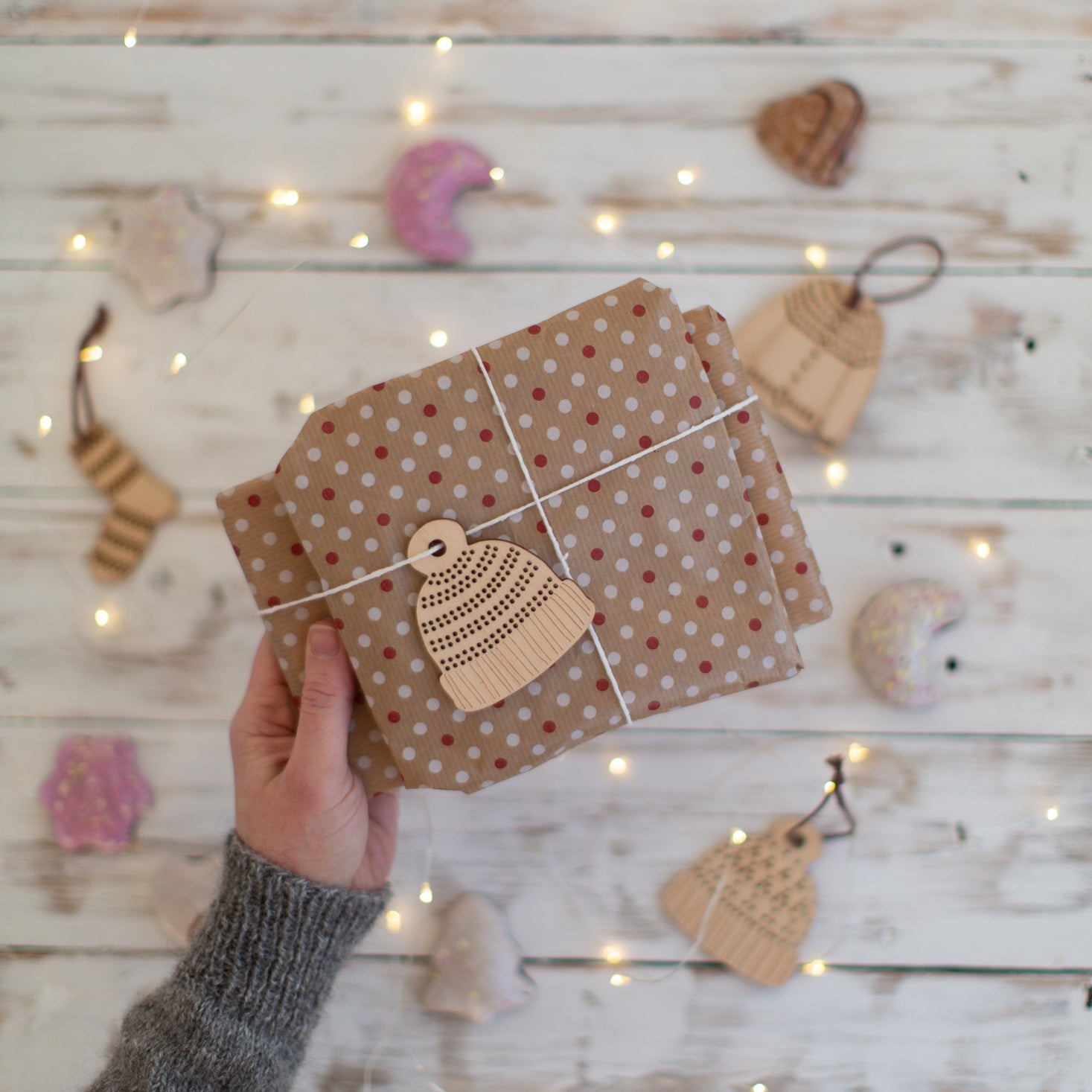
Subscribe to our Colourwork Club for a gift that lasts well into the new year. Your recipient will receive a new colourwork kit in Janurary, February and March


Last minute shopping? Gift cards are delivered electronically - forward the email or print it for your recipient. A range of amounts are available and gift cards don't expire.


How to work a tubular cast-on for ribbing
January 18, 2021
The tubular cast-on is the neatest way to cast on for ribbing and gives your projects a beautiful finished edge. It’s a stretchy, elastic cast-on method that’s ideal for hats, socks and neckbands. A tubular cast-on is characterised by the way the edge looks rolled over, without a defined beginning. Although it’s most often used for ribbing you can also use a tubular cast-on for other rib-like patterns, such as brioche stitch.

There are several methods of working a tubular cast-on, all of which create a similar finished structure. Try them all and choose the method you find easiest to work or the neatest.
Folded edge tubular cast-on
For this tubular cast-on you’ll work the folded edge as a flat piece of fabric. This piece of fabric is then folded in half, the initial cast on is removed, and the stitches from both edges are arranged on the needle in an alternating pattern. The folded edge tubular cast-on is best worked on needles the same size as your project, the neatest option, or one size larger, for ultimate stretch. The best way to decide what will work for you is to swatch.
You will need:
- Working yarn
- Waste yarn – use a smooth waste yarn such as cotton or superwash wool
- Working needles
- Spare dpn or circular needle in the same size or a slightly smaller size to the working needles, use a dpn for narrow projects and a circular for wider ones.
How to work the folded edge tubular cast-on

1. Using waste yarn and your preferred provisional cast-on method, cast on half the number of stitches you need. If your project begins with an odd number of stitches divide by 2 and round up to the nearest whole number.

2. With your working yarn work 4 rows in stockinette (knit 1 row, purl 1 row, repeat these 2 rows once more).

3.Remove the scrap yarn and slide the resulting live stitches onto your spare needle. Check that you have the same number of stitches as you cast-on. If your project is worked on an odd number of stitches ignore the final loop so that you have 1 less stitch than you cast on. Slide the stitches along the spare needle so that both needle points are positioned next to the working yarn.

4. Fold the spare needle up behind the working needle so that your knitting is folded in half and the spare needle is behind the working needle.


5. *Knit the first stitch on the working needle, then purl the first stitch on the spare needle, rep from * to until all stitches on the spare needle have been worked. For projects with an odd stitch count you’ll be left with one stitch left to knit.

Adapting the folded edge tubular cast-on to 2x2 rib
Work the folded edge tubular cast-on for 2x2 rib in the same way as for 1x1 rib up to step 5. Then *knit 2 stitches from the working needle, purl 2 stitches from the spare needle, rep from * to end.
Double-knit tubular cast-on methods
The following tubular cast-on methods involve casting on in the “middle” of the folded tube and then creating both sides of the tube at once using the double knitting technique. Variations include the Italian Tubular Cast-on, the Provisional Tubular Cast-on, the Yarn-over Tubular Cast-on and the Long-tail tubular cast-on. The key difference in these methods is how the initial cast-on row is worked.
Long-tail tubular cast-on
The long-tail tubular cast-on can be worked without any extra needles or scrap yarn which makes it great for projects worked on the go. You’ll cast on all of your stitches at once, then work a few set-up rows before beginning your ribbing. If you’re tend to use a regular long-tail cast-on for most projects you might like this method, there are a few extra twists but the yarn is tensioned in the same way.
You will need:
- Working yarn
- Working needles
How to work the long-tail tubular cast-on
Video
In this video Ysolda shows how to work the long-tail tubular cast-on for knitting flat, and in the round, and how to rearrange the stitches to use the long-tail tubular cast-on for 2x2 rib.
Step by step directions:
Before beginning make a slip-knot, leaving a long tail of yarn (approx 3 times the width of the cast on edge) and place it on the needle. The cast-on is worked on one needle, which is held in the right hand.

1. Hold the two ends of yarn together in the left hand and insert thumb and index finger between them, with the tail over the thumb.

2. *Insert the needle under the back strand on the thumb, from right to left.

3. Bring the needle over and then under the top strand of yarn on the index finger.

4. Bring the needle back under the strand on the thumb, from back to front. Lift up the needle and pull both yarn ends snug.

5. The loop scooped up from the strand on the index finger forms a stitch on the needle. Notice that it appears like a knit stitch, with no purl bump at the base.

6. Go under the strand on the index finger, from back to front,

7. over and then under the strand on the thumb,

8. and back under the strand on the index finger, from front to back.

9. Lift up the needle and pull both yarn ends snug. This stitch has the little bump at the base, like a purl stitch.

Rep from * until the desired number of sts have been cast on, including the initial slipknot. Turn.

Things will seem a little loose and unstable at this point, I pinch the tail in my left hand to keep things in place.
Set-up rows
After the initial cast-on row is complete you'll work some set-up rows in double knitting to create the tubular edge. You can work either 2 or 4 set-up rows, depending on how rounded an edge you prefer. Work the set-up rows as follows:

1. Slip the stitches that look like purls (bump at the base) with the yarn at front,

2. and knit into the back of the stitches that look like knits (no bump at the base).


Repeat steps 1 and 2 until all stitches have been worked. On the next row slip the purl stitches with yarn in front and knit the knits. If desired repeat both set up rows once more.
Tips for working the long-tail tubular cast-on in the round
This method can be used for knitting in the round and is one of our favourite cast-on methods for hats, sweater bodies, and sleeves. It's not the easiest cast-on to work in the round - follow these tips for success:
- The initial loops will twist around, and it's harder to neaten them up once they're on the cable of a circular needle. Take care when working the first set up row that all of your stitches are mounted as expected (ie. knit stitches need to be worked into the back) and flip them over on the needle if necessary.
- To make sure you don't end up with a twist in your work complete the cast-on and both set up rows flat before joining in the round. The small gap can easily be closed up when weaving in your cast-on tail.
- An easier option is to cast on with straight needles and work the first set up row, which will stabilise the cast-on edge, onto the circular needle.
Working the cast-on in the round is shown at 07:14 in the video above.
Note
This method is similar to the Italian method but it is not identical. In the Italian tubular cast-on one strand of yarn makes the stitches and one runs along the bottom – this strand can then be pulled out at the end. In the long tail method the strand that goes around the needle and the one that runs along the bottom alternate at each stitch so there is no strand to pull out – attempting to do this will destroy the cast-on.
Adapting double-knit tubular cast-on methods for 2x2 rib
To adapt any of the double-knit tubular cast-on methods for 2x2 rib you'll cast on and work the set up rows as usual and then rearrange the stitches for 2x2 rib. These instructions are given for the first stitch of the row being a purl stitch, but can be easily adapted if your first stitch is a knit stitch.
The process of re-arranging the stitches is shown at 10:06 in the video above.
Step-by-step directions

1. Here the first stitch is a purl stitch, purl it normally. The next stitch in pattern needs to be a purl stitch, so the following 2 stitches must swap places.

2. Insert the right needle into the back of the 2nd stitch on the left needle from right to left.

3. Slip the first 2 stitches off the left needle, try not to panic about the loose, dangling one!

4. Pick up the loose stitch with the left needle. At this point you can really see the underlying structure of the cast on, the flat piece of knitting folded over with the knit stitches coming from the front interlaced with the purl stitches from the back.

5. Insert the left needle into the back of the first stitch on the right needle and you’re ready to purl. The next stitch will be knit and then the following 2 stitches must be swapped.

6. To change the positions of a purl stitch followed by a knit stitch, insert the right needle into the front of the 2nd stitch on the left needle, slip both off and pick up the loose stitch at the back. Continue in this way to the end of the row, and the pattern is set up.
Patterns to try
The tubular cast on is a great technique to try on ribbed hat brims or hems. We love it on the folded brim of the Ilo hat. It would also be perfect to try out on Liab, or the hem and cuffs of a Blank Canvas sweater. Browse our range of patterns here.



Also in Journal
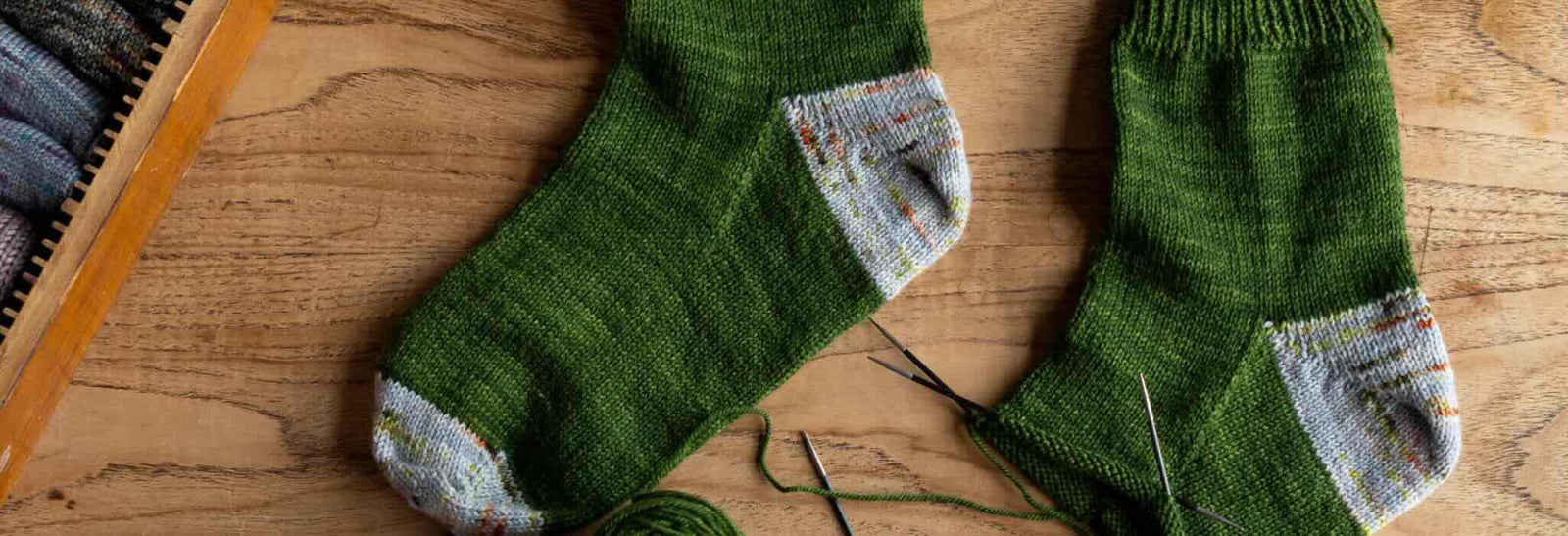
Deep Shadow Heel Tutorial
September 25, 2025

20 Years of Ysolda Knitting Patterns: Part 2
June 23, 2025

20 Years of Ysolda Knitting Patterns: Part 1
June 19, 2025
Recent Articles
-
Deep Shadow Heel Tutorial
September 25, 2025
-
20 Years of Ysolda Knitting Patterns: Part 2
June 23, 2025
-
20 Years of Ysolda Knitting Patterns: Part 1
June 19, 2025
-
Learn to Knit: Mattress Stitch
March 29, 2023
-
How to Knit a Scarf: A Beginners Guide to Scarf Knitting
March 23, 2023
-
Learn to knit: the long tail cast-on
February 03, 2022
-
How to Graft Your Knitting
December 09, 2021
-
Crochet Provisional Cast-on
December 02, 2021
-
Learn to knit: How to knit in the round with double pointed needles
November 25, 2021
-
Learn to knit: How to knit in the round using the magic loop technique
November 25, 2021
Free resources
-
KALS, step-by-step pattern guides and free patterns
Learn brioche with the free Daniel's Hat pattern
Tombreck - a free chevron beanie pattern
Working the brioche neck detail on the Polwarth sweater
Installing a zipper and ribbon, finishing wee Carson
Yarn colour ideas for Threipmuir sweater
Additional colourways for the Joy mitts (choose your pride flag)
How to join the shoulders on Wardie
How to join the pockets on Granton and Wardie
Finishing Resources for Granton
Broughton mittens tutorial part 1
Broughton mittens tutorial part 2
Broughton mittens tutorial part 3
Basics
Casting on
Decorative Channel Island Cast-on
Binding off
3 Easy Stretchy Bind-offs (p2tog bind-off; k2togtbl, k1 bind-off; Jeny's surprisingly stretchy bind-off)
Tubular Bind-off for brioche stitch
Increasing
Paired increase methods compared
How to continue in pattern while increasing and decreasing
Decreasing
Brioche stitch double decreases
Knitting in the round
How to Knit in the round using Magic Loop
How to Knit in the round using DPNs
Short rows
Swatching and gauge
Tips and tricks
Avoiding ears when binding off
Tighter purl stitches for neater cables and ribbing
Cabling without a cable needle
How to knit more symmetrical yarn overs
Bust darts in sweaters with all over stitch patterns
A magic formula for evenly distributing shaping
Superwash v Non-Superwash Wool
Picking up sts from the middle of the fabric
Reading knitting patterns
Understanding "continue in pattern"
Help! Where am I in my knitting project?
Using charts, even if you hate them
Finishing
Garment knitting
Joining the body and sleeves on a seamless bottom up sweater
Sizing
Ysolda’s sizing chart for knitwear designers
Inclusive garment knitting
How to pick a garment without a model for you (specifically addresses finding garment patterns when your gender identity isn't represented and the styles you want to knit might not be sized to fit your body)
How does ease affect inclusive size ranges?
Specific stitch patterns
Lace
Identifying and fixing mistakes in lace knitting
Colourwork
Getting started with stranded colourwork
Understanding colour dominance
Working stranded colourwork over small circumferences
Decreases in stranded colourwork
Holding the yarn for stranded colourwork
Ladderback Jacquard (a neat way to deal with long floats)
Cables
Cabling without a cable needle
Cabling without a cable needle on the wrong side
How to knit cabled decreases
Closed ring cable increases and decreasesBrioche
How to work brioche stitch in the round
Other crafts
Cross stitch
How to begin your first large cross stitch project
How to finish a cross stitch project with an embroidery hoop frame
Mending

Sign up today
Find out the latest news from the studio such as sales, pattern releases, and new workshops or KALs our learning community, The Knitwork. We also share helpful tips and exclusive subscriber discounts...



